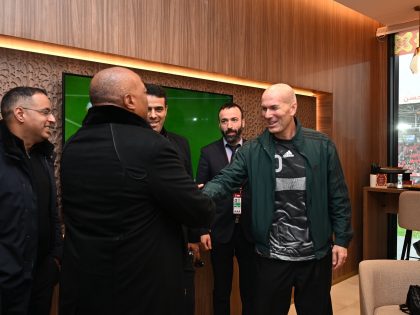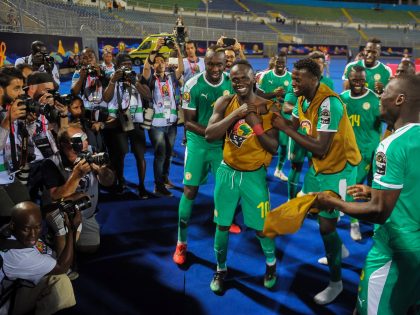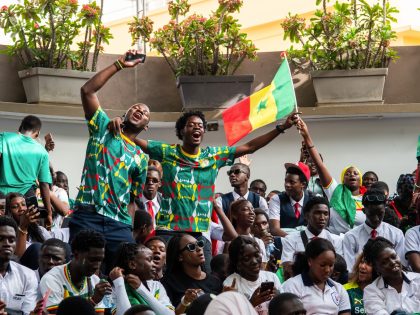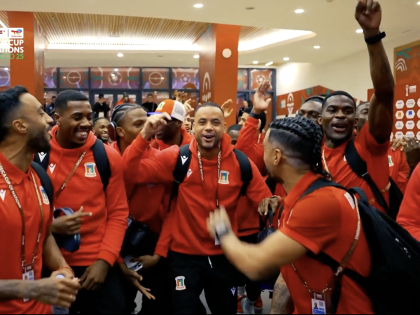Fallism For What
After the reawakening of South African student activism, what next? It is at the point of the rub between race, class and gender politics that the difficult questions present themselves.

Image by Nicholas Rawhani.
The year 2015 has been the year for student activism in South Africa. These spaces have been reignited with a new sense of struggle, morphing and changing, exposing fault lines and new possibilities, and pulling the rest of South Africa along with them as they go.
This is a powerful time for South Africans. Across the board people are thinking society and resistance anew. The debates which unfold on social media are opening up new spaces to understand and challenge the operation of power in post-apartheid South Africa. The students demonstrate energized resistance to the forms of injustice they and others feel. They also represent a site of deeper intellectual engagement with present conditions of oppression and possibilities for resistance, and they are pushing the rest of society to do the same.
Until recently university student activism in South Africa was something that belonged to history. Students of the 1980s often juxtaposed their own memories of campus politicization with the student apathy of the post-apartheid period. This apathy broke loudly in March of this year as students across the county spoke out about the continued institutional racism they experienced demanding the removal of statues which symbolized the colonial past #RhodesMustFall. Last week students rose up once more, this time contesting the rise of student fees and inflated cost of higher education #FeesMustFall.
Thus far the protest against fee increases has galvanized an important unity among South African citizens who feel comfortable to get behind a movement articulated against government policy. However unity and equality are not equivalent and if unity trumps equality then it serves hegemonic ends. South African disgruntlement is complicated. It comes from many different sides and holds different interests. By comparison #RhodesMustFall has not received the same unified support as #FeesMustFall which indicates some of the broader fault lines that underpin the present unity. #RhodesMustFall challenges whiteness in South Africa, it calls into question continued institutional, symbolic and material racial privilege and this is uncomfortable for white South Africans. In theory most South Africans want racial unity. However the response to #RhodesMustFall demonstrates that when it comes down to dismantling the forms of inequality inherited from the past, the division in interests emerges. This pushes us to ask a more difficult ethical question: Are South Africans able to maintain their desire for unity in struggle when their own race, class or gender privilege is challenged for the greater cause of justice and equality?
As the student movements develop and deepen, South Africans will be challenged to work out where they stand in the unity/equality equation. Different struggles also hold different interests and these don’t easily align with one another. In developing the ideological muscle of the student movement, they will be challenged to hold different forms of injustice and inequality in their analysis- against government injustice, class inequality, patriarchy and racial oppression – at the same time. What will this look like? How will it rub? How will they knit unity and equality together in order to not hail some struggles and demonize others? Can the students and their supporters remain strong in their stand against injustice even when some forms of challenge are in direct confrontation with their own class, race or gender privilege in society?
In answering these questions, it may be useful to dust off some of the old debates that revolutionary theorists were thinking through during the anti-apartheid struggle. During this time similar questions were being worked out around the relationship between race domination and class domination. At the time the movement’s stance on this was articulated in the two stage theory of national revolution. This theory asserted that first a democratic society would be created to get rid of race inequality and then the class struggle would be waged.
In a sense the first stage was brought about during the transition to democracy. However, as these current student struggles highlight, neither race nor class based oppression was defeated. With the transition, this broader ideological dialogue was replaced with a depoliticized from of reconciliation race politics, which largely ignored questions of power and injustice on both counts. The new student movement opens up a space to rethink old ideological debates, which can in turn offer a more complex understanding of South African society and our present predicament. History has shown that a two-stage approach which puts one form of struggle before another can be easily co-opted. It is at the point of the rub (between race, class and gender politics) that the difficult issues present themselves. The key ways in which power creeps in under the guise of unity is exposed precisely in paying attention to the rub. As South African citizens get behind the challenges posed by the students, this presents an emerging potential to articulate new understandings of society. Hopefully this will be one which thinks through rather than silences the rub, and which aims not only for unity and reconciliation but also for justice and equality.



















